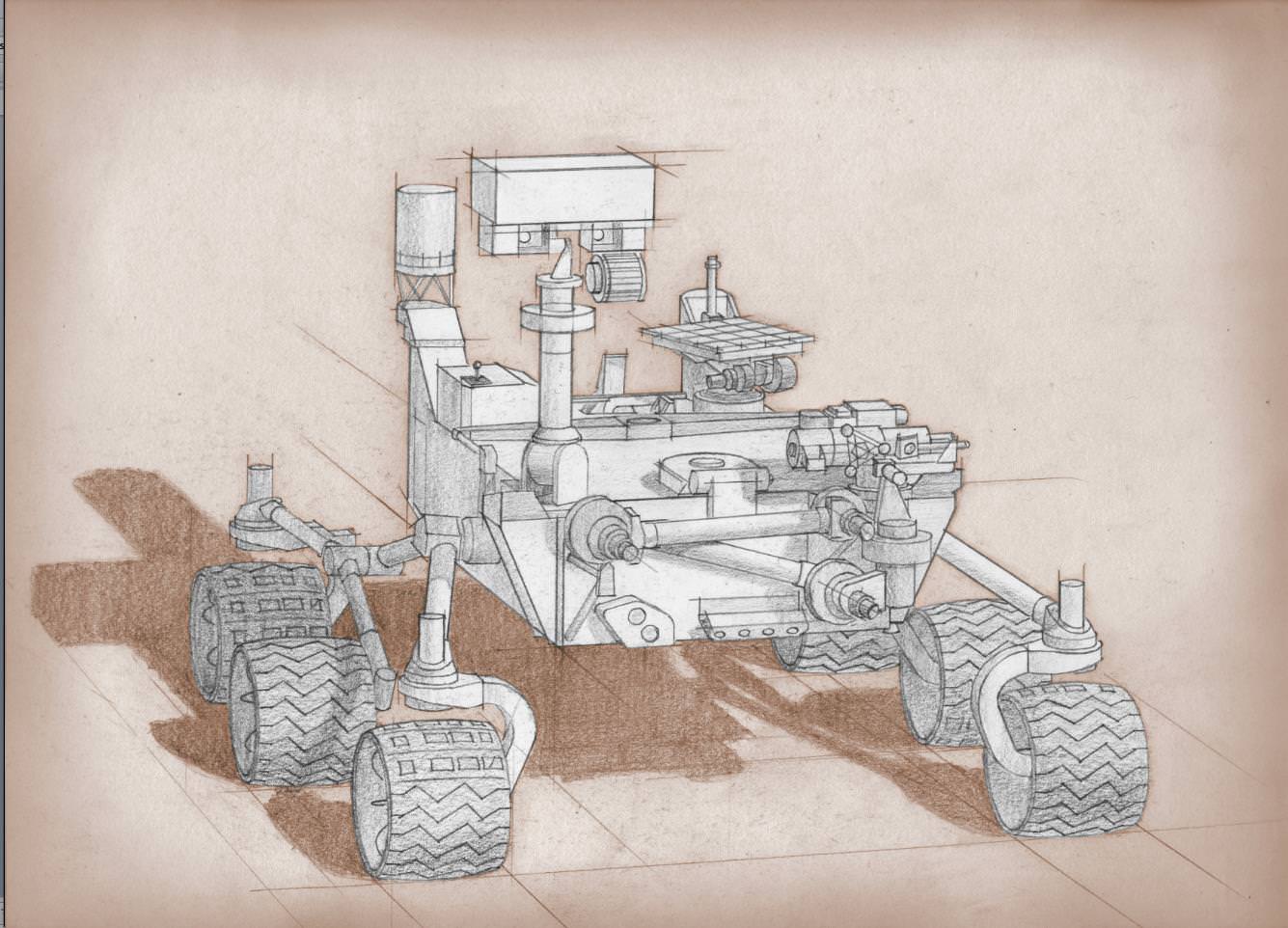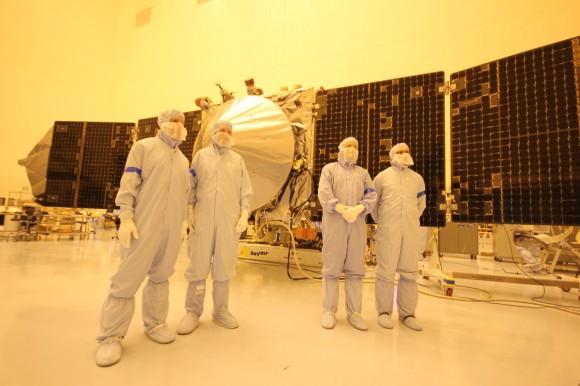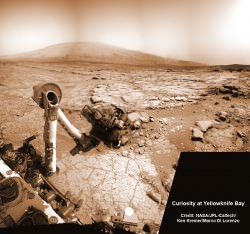Fossilized remains are a fascinating thing. For paleontologists, these natural relics offer a glimpse into the past and a chance to understand what kind of lifeforms lurked there. But for astronomers, fossils are a way of ascertaining precisely when it was that life first began here on our planet – and perhaps even the Solar System.
And thanks to a team of Australian scientists, the oldest fossils to date have been uncovered. These fossilized remains have been dated to 3.7 billion years of age, and were of a community of microbes that lived on the ancient seafloor. In addition to making scientists reevaluate their theories of when life emerged on Earth, they could also tell us if there was ancient life on Mars.
The fossil find was made in what is known as the Isua Supracrustal Belt (ISB), an area in southwest Greenland that recently became accessible due to the ice melting in the area. According to the team, these fossils – basically tiny humps in rock measuring between one and four centimeters (0.4 and 1.6 inches) tall – are stromatolites, which are layers of sediment packed together by ancient, water-based bacterial colonies.
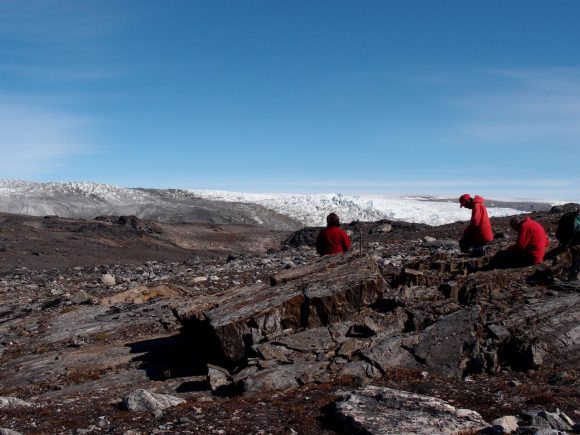
According to the team’s research paper, which appeared recently in Nature Communications, the fossilized microbes grew in a shallow marine environment, which is indicated by the seawater-like rare-earth elements and samples of sedimentary rock that were found with them.
They are also similar to colonies of microbes that can be found today, in shallow salt-water environments ranging from Bermuda to Australia. But of course, what makes this find especially interesting is just how old it is. Basically, the stone in the ISB is dated back to the early Archean Era, which took place between 4 and 3.6 billion years ago.
Based on their isotopic signatures, the team dated the fossils to 3.7 billion years of age, which makes them 220 million years older than remains that had been previously uncovered in the Pilbara Craton in north-western Australia. At the time of their discovery, those remains were widely believed to be the earliest fossil evidence of life on Earth.
As such, scientists are now reconsidering their estimates on when microbial life first emerged on planet Earth. Prior to this discovery, it was believed that Earth was a hellish environment 3.7 billion years ago. This was roughly 300 million years after the planet had finished cooling, and scientists believed it would take at least half a billion years for life to form after this point.

But with this new evidence, it now appears that life could have emerged faster than that. As Allen P. Nutman – a professor from the University of Wallongong, Australia, and the study’s lead author – said in a university press release:
“The significance of stromatolites is that not only do they provide obvious evidence of ancient life that is visible with the naked eye, but that they are complex ecosystems. This indicates that as long as 3.7 billion years ago microbial life was already diverse. This diversity shows that life emerged within the first few hundred millions years of Earth’s existence, which is in keeping with biologists’ calculations showing the great antiquity of life’s genetic code.”
When life emerged is a major factor when it comes to Earth’s chemical cycles. Essentially, Earth’s atmosphere during the Hadean was believed to be composed of heavy concentrations of CO² atmosphere, hydrogen and water vapor, which would be toxic to most life forms today. During the following Archean era, this primordial atmosphere slowly began to be converted into a breathable mix of oxygen and nitrogen, and the protective ozone layer was formed.
The emergence of microbial life played a tremendous role in this transformation, allowing for the sequestration of CO² and the creation of oxygen gas through photosynthesis. Therefore, when it comes to Earth’s evolution, the question of when life arose and began to affect the chemical cycles of the planet has always been paramount.

“This discovery turns the study of planetary habitability on its head,” said associate Professor Bennett, one of the study’s co-authors. “Rather than speculating about potential early environments, for the first time we have rocks that we know record the conditions and environments that sustained early life. Our research will provide new insights into chemical cycles and rock-water-microbe interactions on a young planet.”
The find has also inspired some to speculation that similar life structures could be found on Mars. Thanks to the ongoing efforts of Martian rovers, landers and orbiters, scientists now know with a fair degree of certainty that roughly 3.7 billion years ago, Mars had a warmer, wetter environment.
As a result, it is possible that life on Mars had enough time to form before its atmosphere was stripped away and the waters in which the microbe would have emerged dried up. As Professor Martin Van Kranendonk, the Director of the Australian Centre for Astrobiology at UNSW and a co-author on the paper, explained:
“The structures and geochemistry from newly exposed outcrops in Greenland display all of the features used in younger rocks to argue for a biological origin. This discovery represents a new benchmark for the oldest preserved evidence of life on Earth. It points to a rapid emergence of life on Earth and supports the search for life in similarly ancient rocks on Mars.”
Another thing to keep in mind is that compared to Earth, Mars experiences far less movement in its crust. As such, any microbial life that existed on Mars roughly 3.7 billion years ago would likely be easier to find.
This is certainly good news for NASA, since one of the main objectives of their Mars 2020 rover is to find evidence of past microbial life. I for one am looking forward to seeing what it leaves for us to pickup in its cache of sample tubes!
Further Reading: Nature Communications

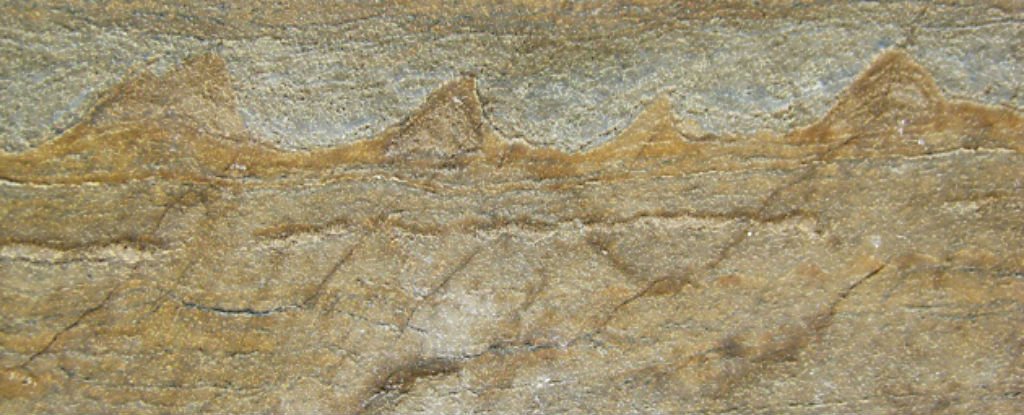
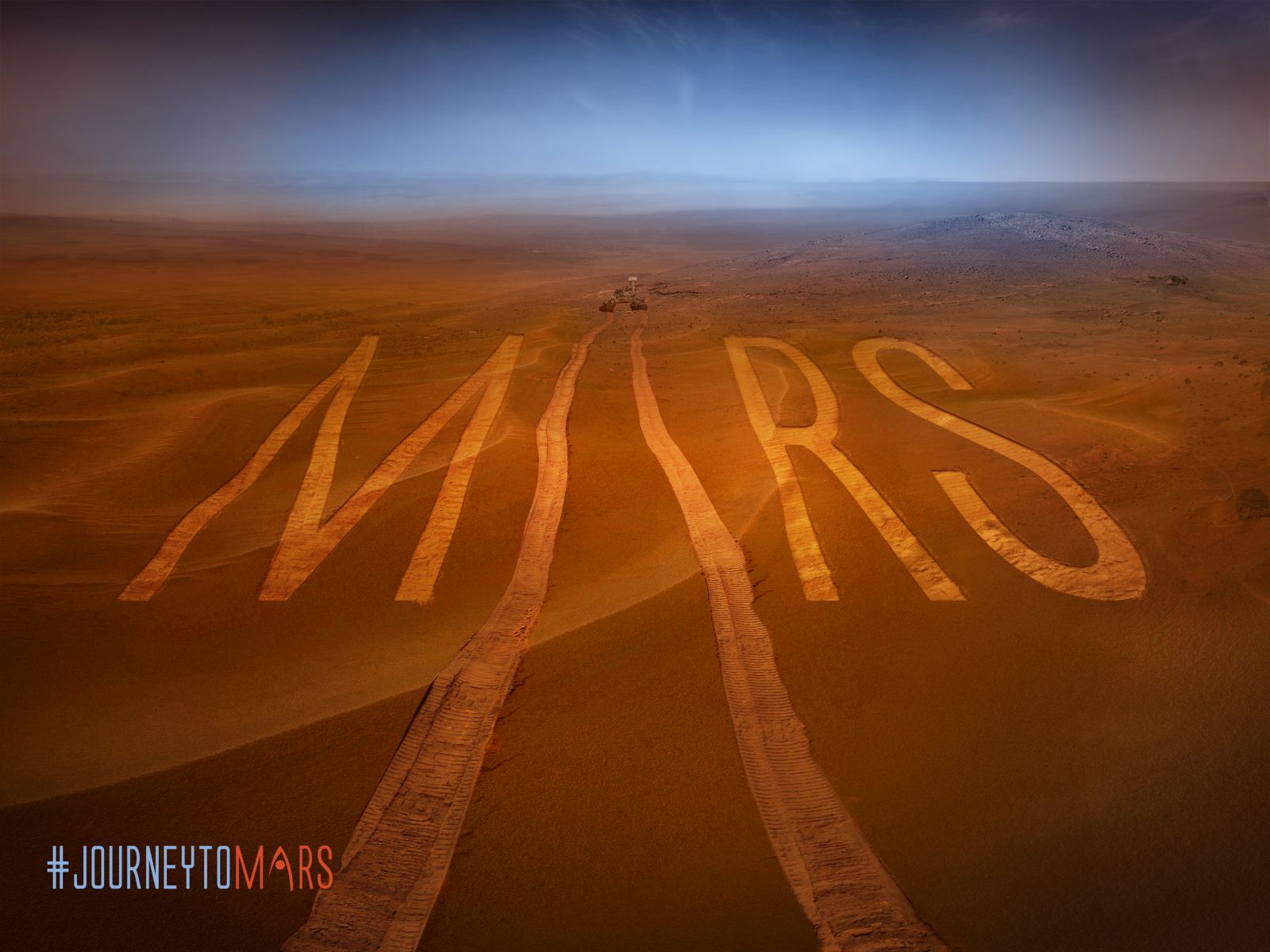
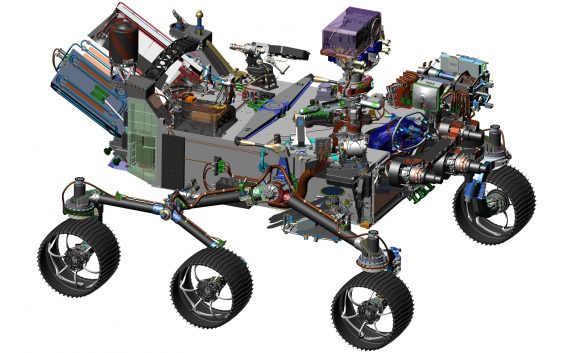
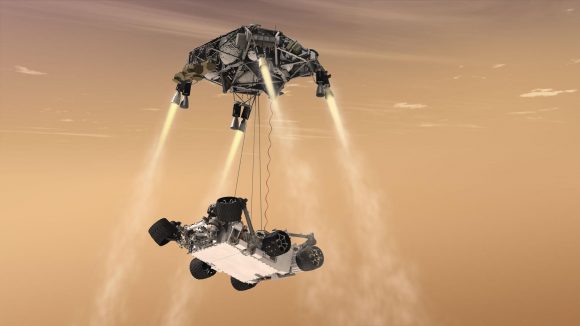
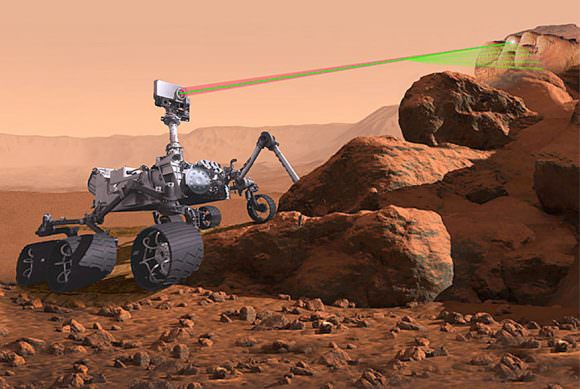
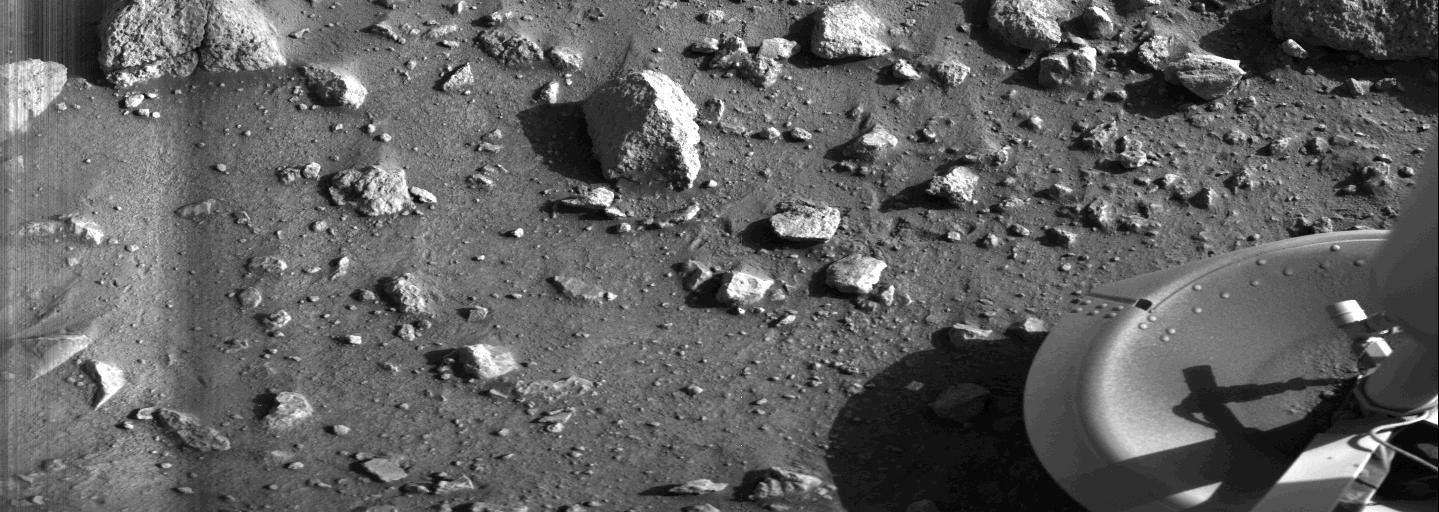
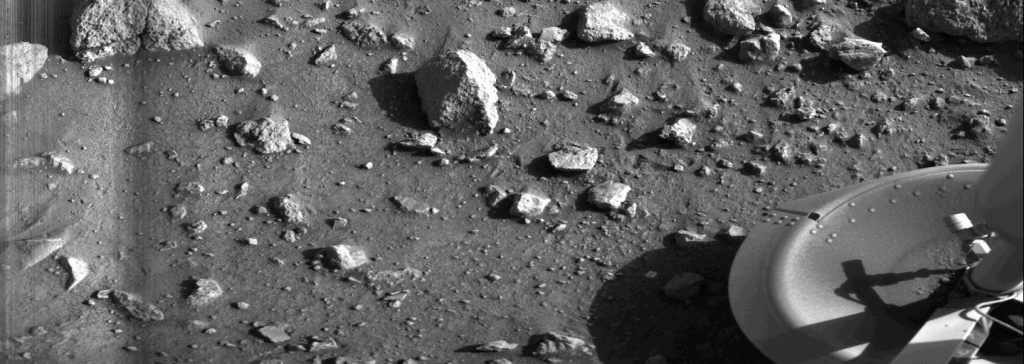
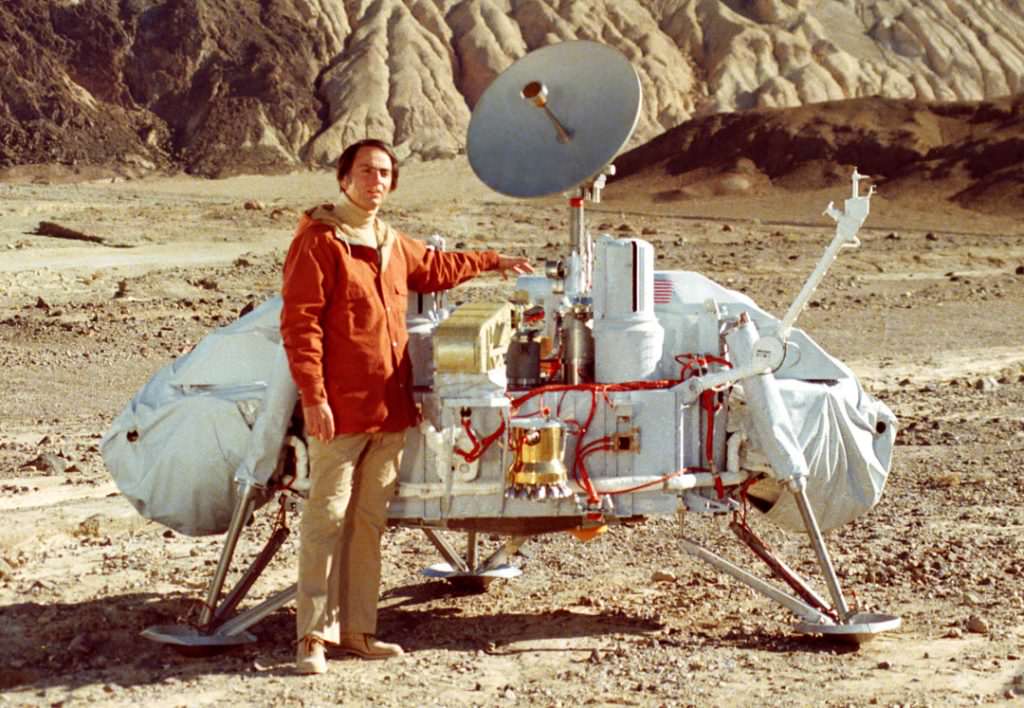
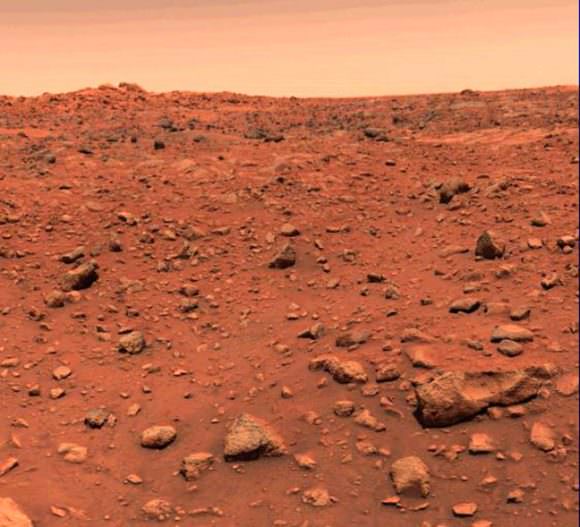
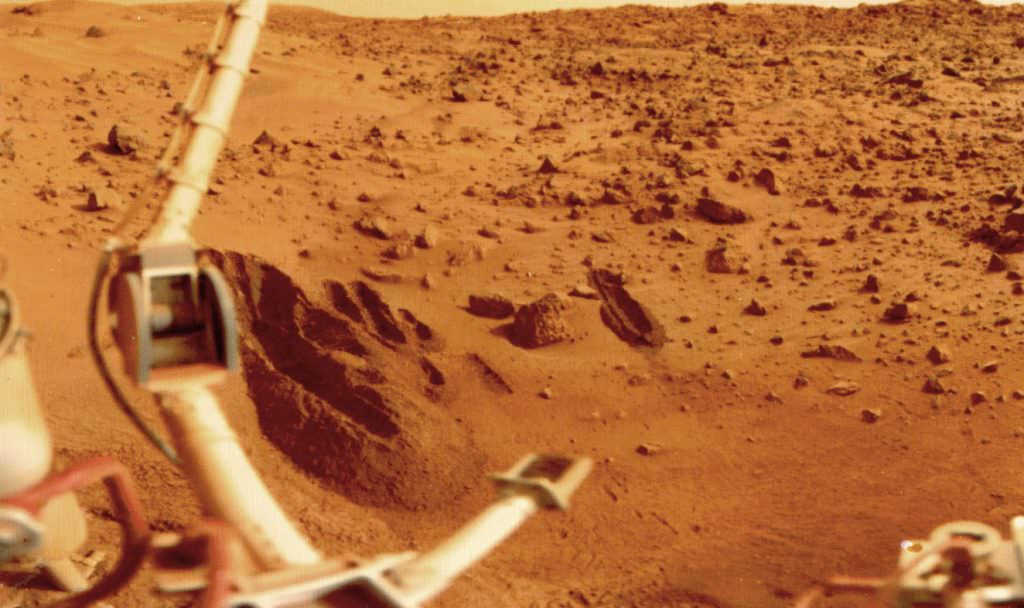

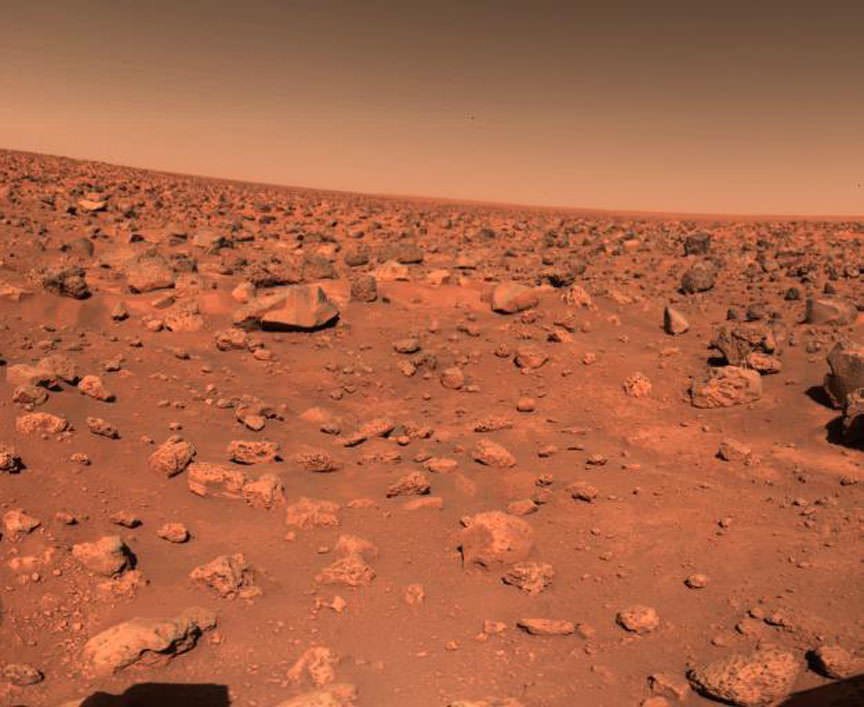
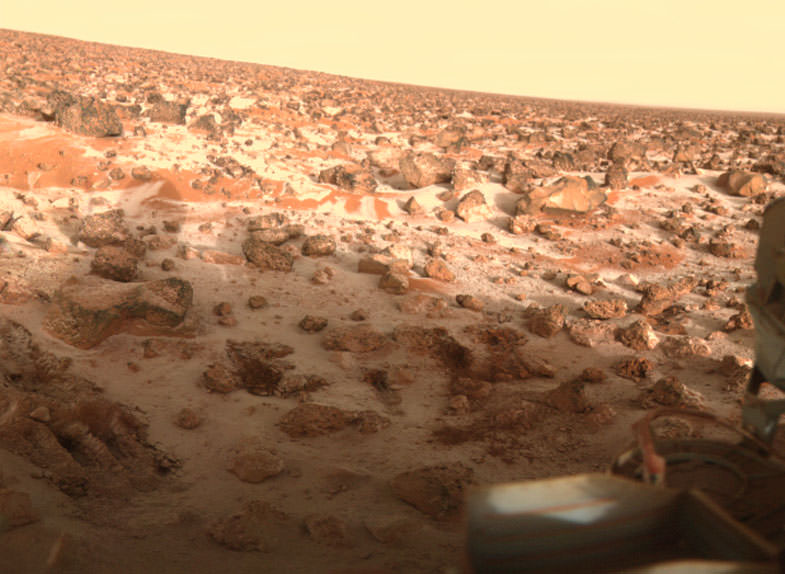

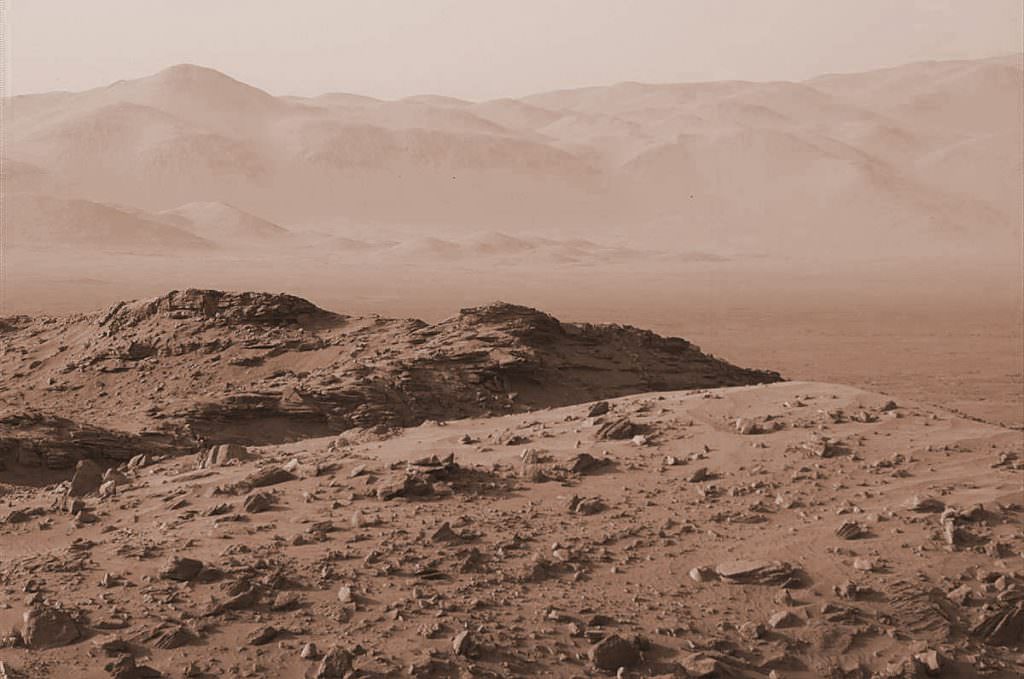
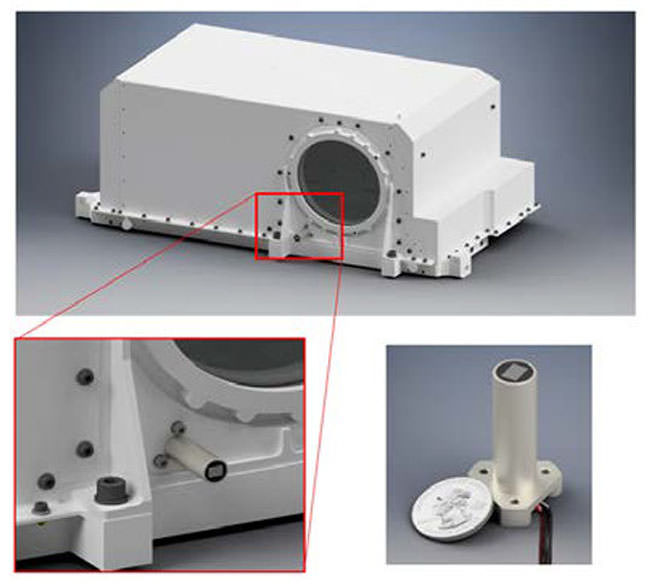

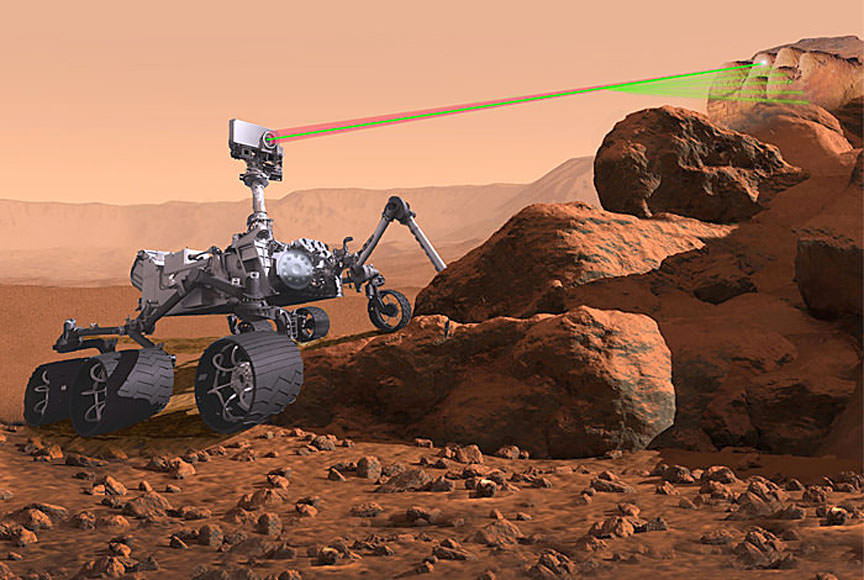


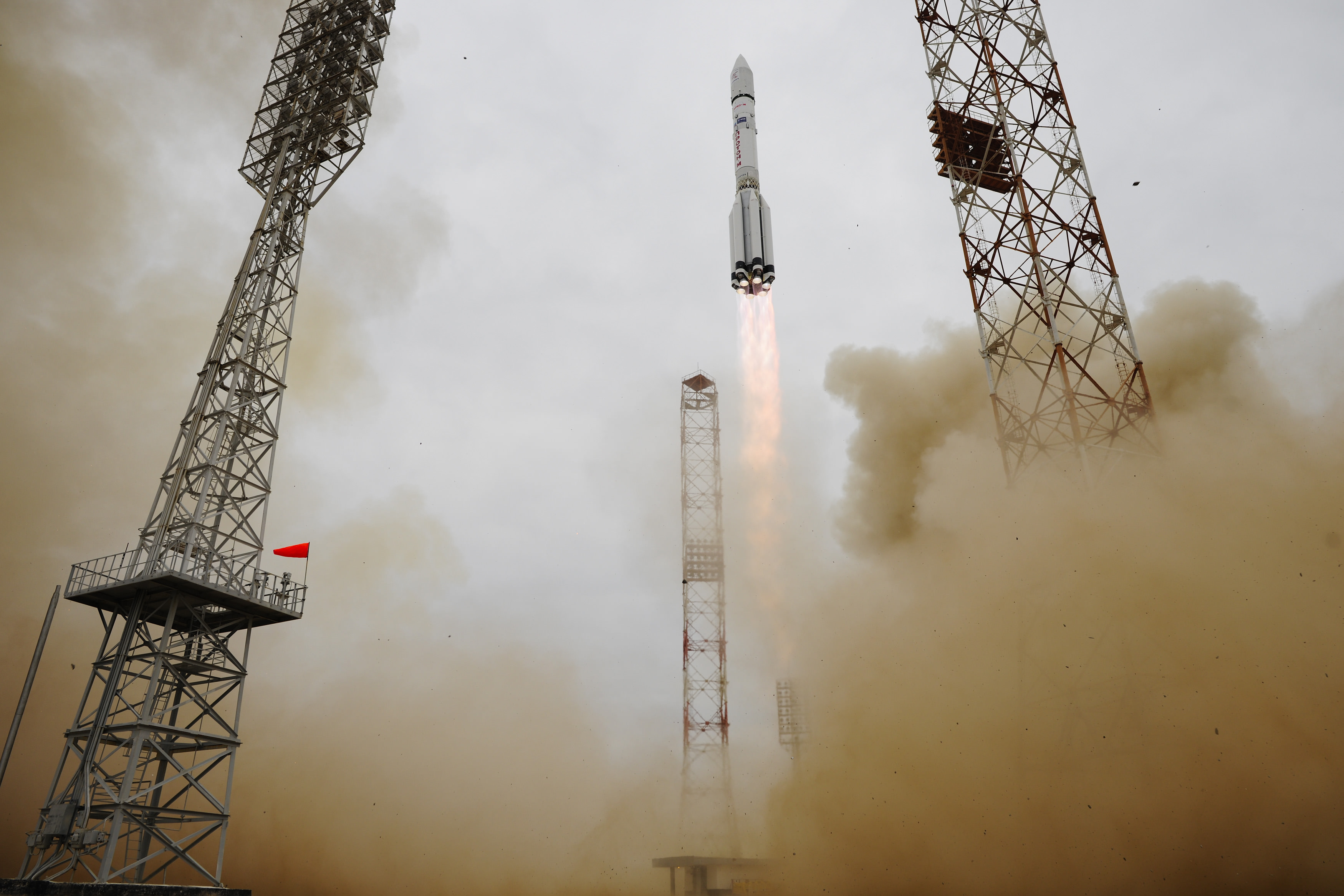
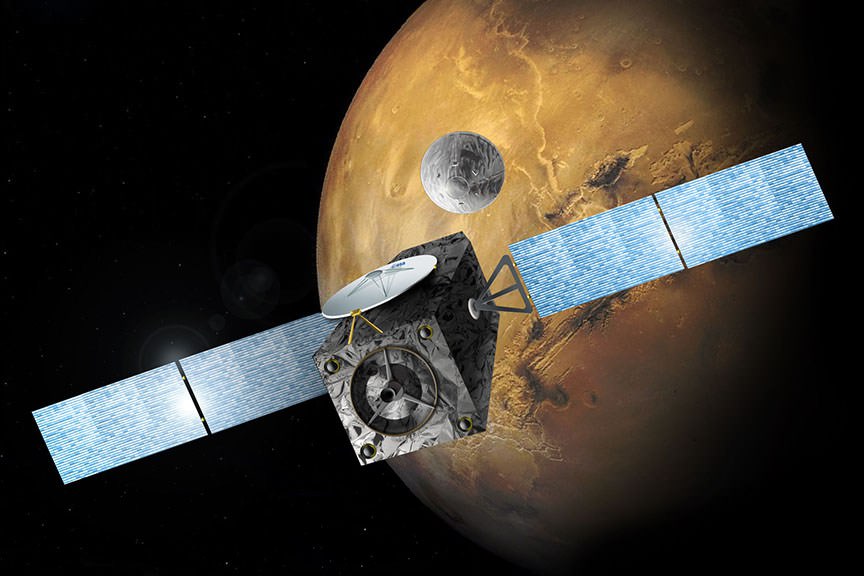
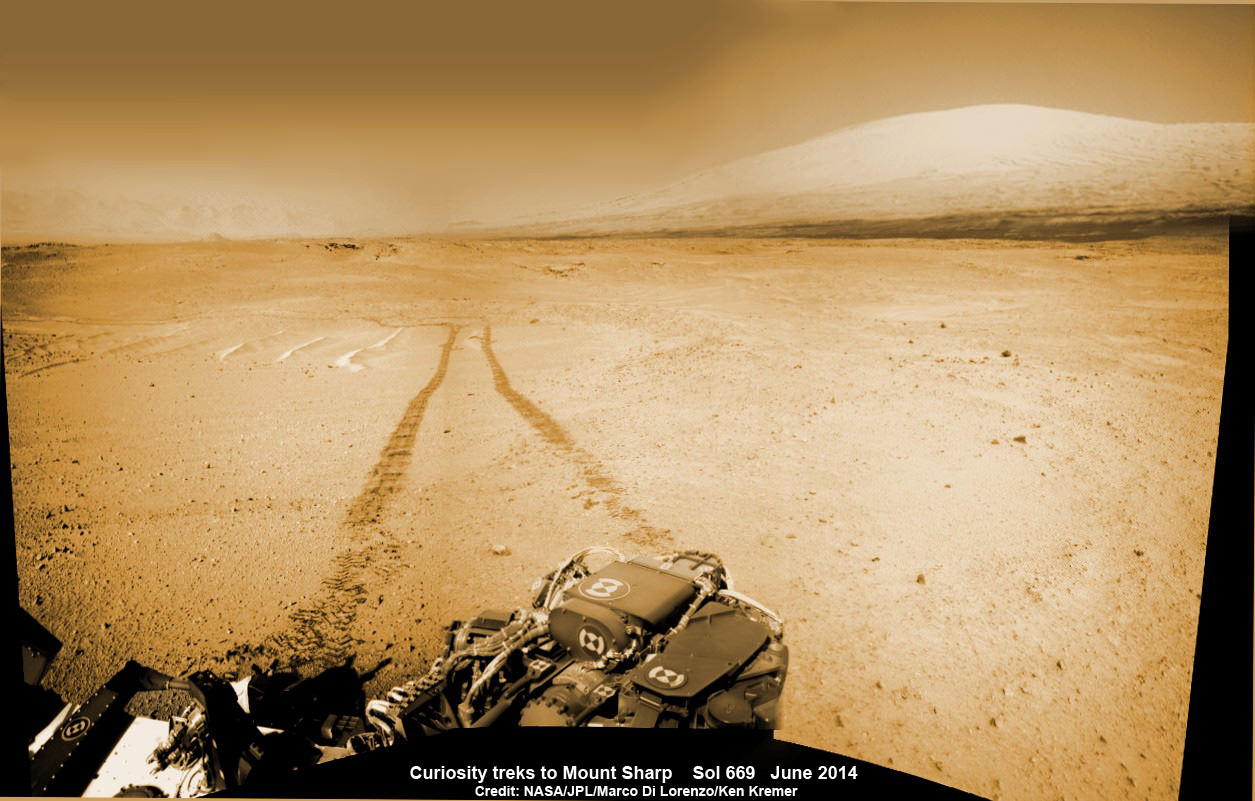



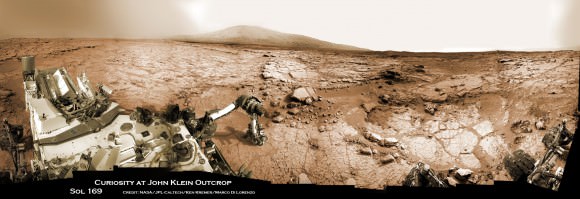
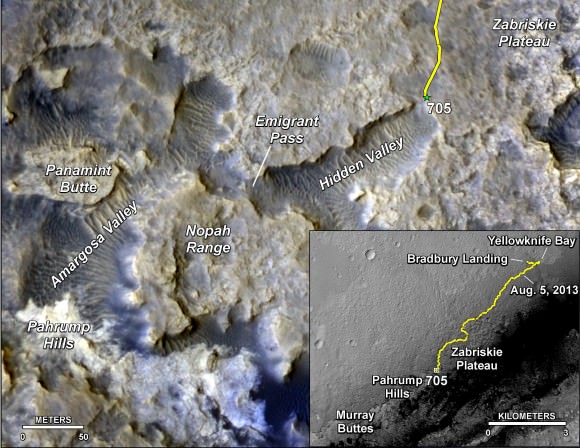
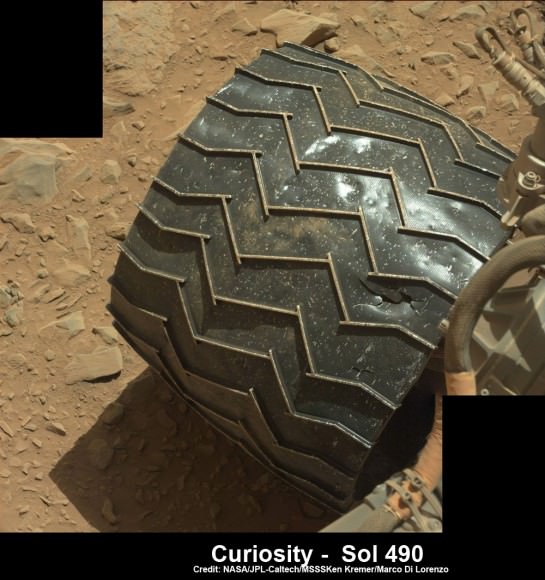
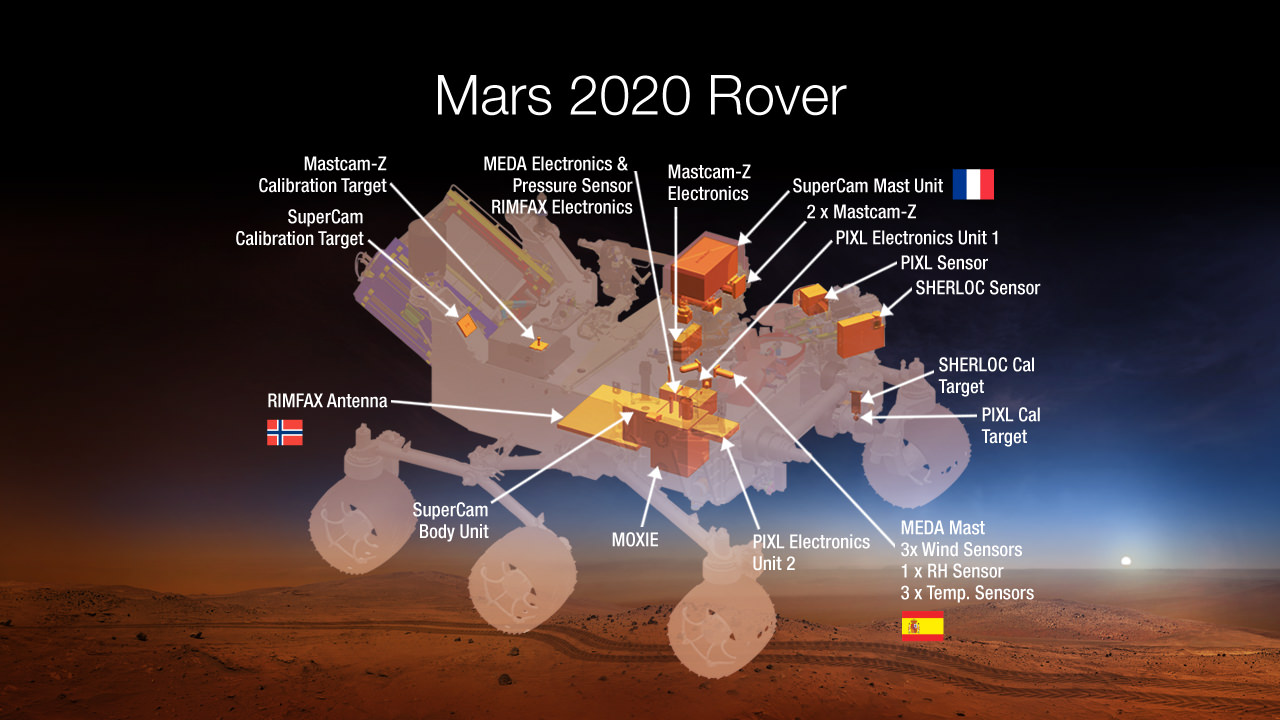
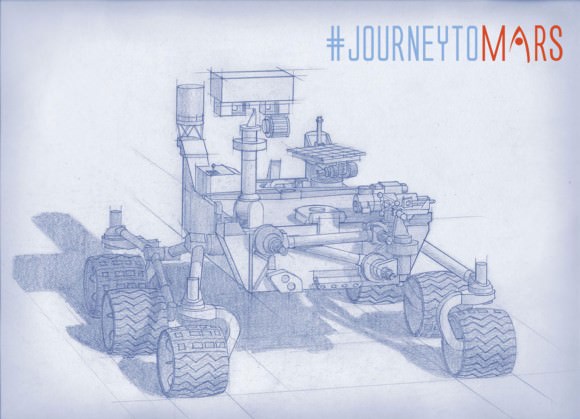


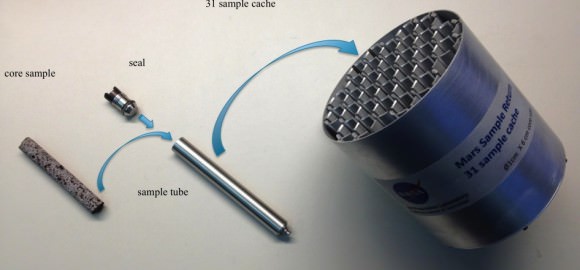
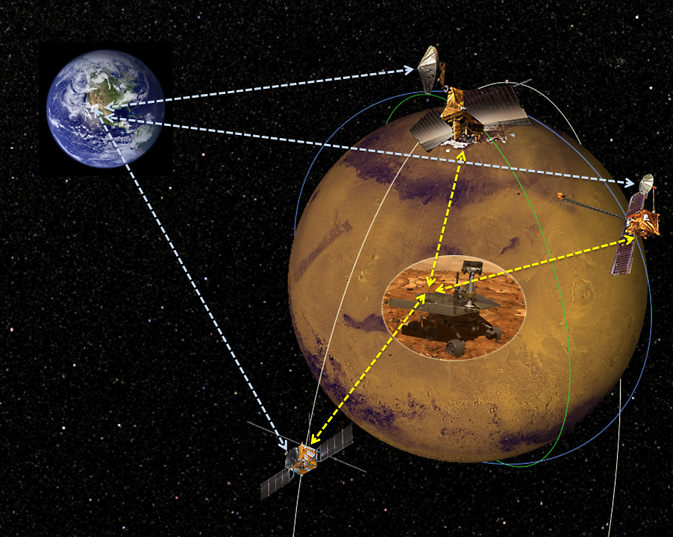
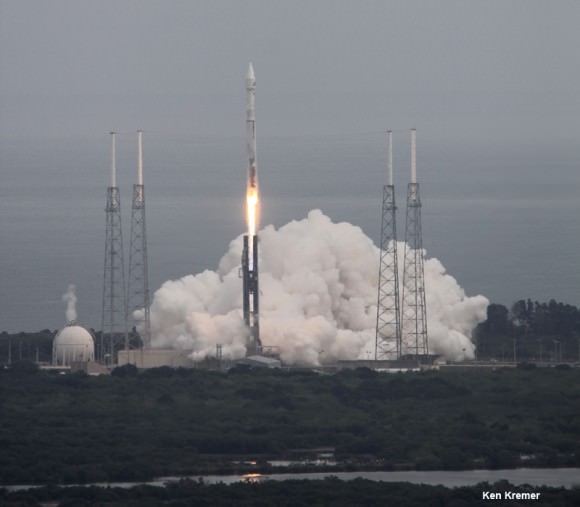

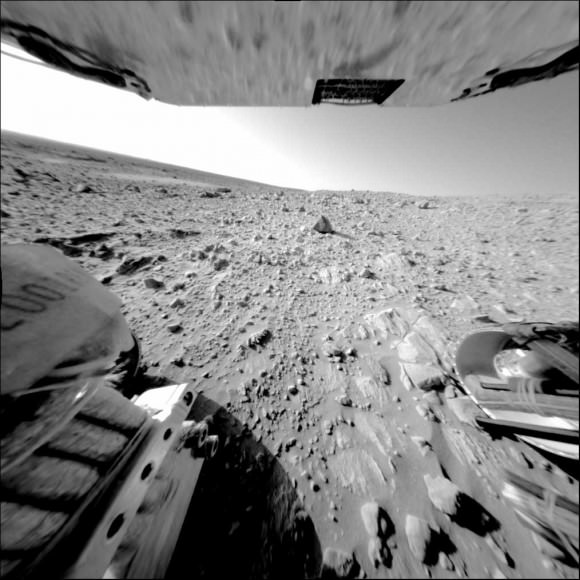
![Locator image for Comanche outcrops in the Columbia Hill of Gusev Crater, Mars. Yellow line marks Spirit’s traverse. Pancam panoramic images were taken near the true summit of Husband Hill (Everest Pan) and at the location of the Seminole outcrop. Spirit is currently located on the left side of Home Plate. Image width is ~1000 m. Image courtesy of NASA/UA/HiRISE using PSP_001513_1655_red image. After Arvidson et al. [2008]](https://www.universetoday.com/wp-content/uploads/2010/06/spirit-location.jpg)
